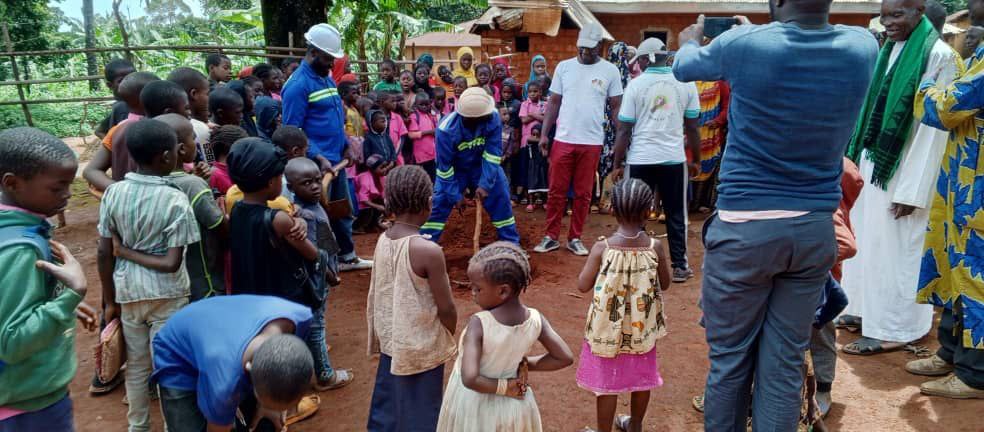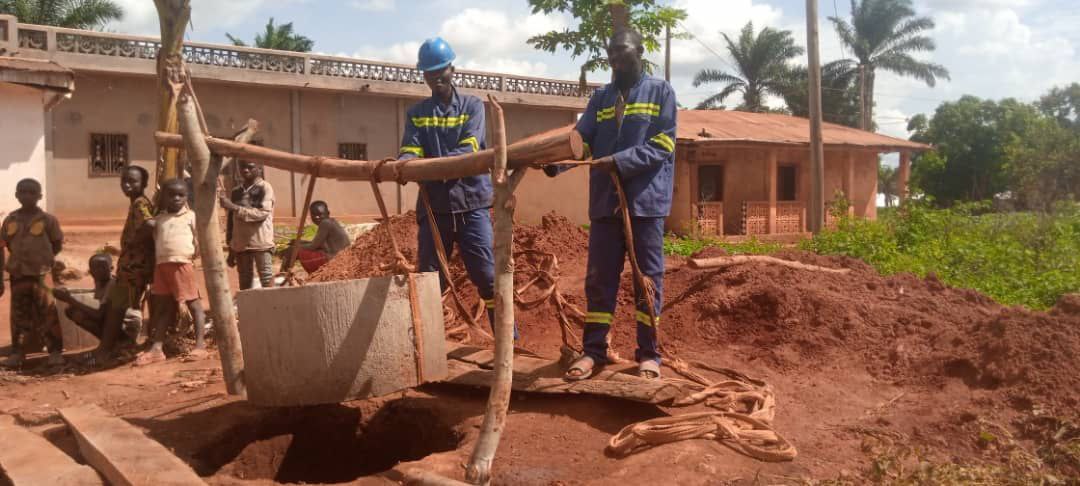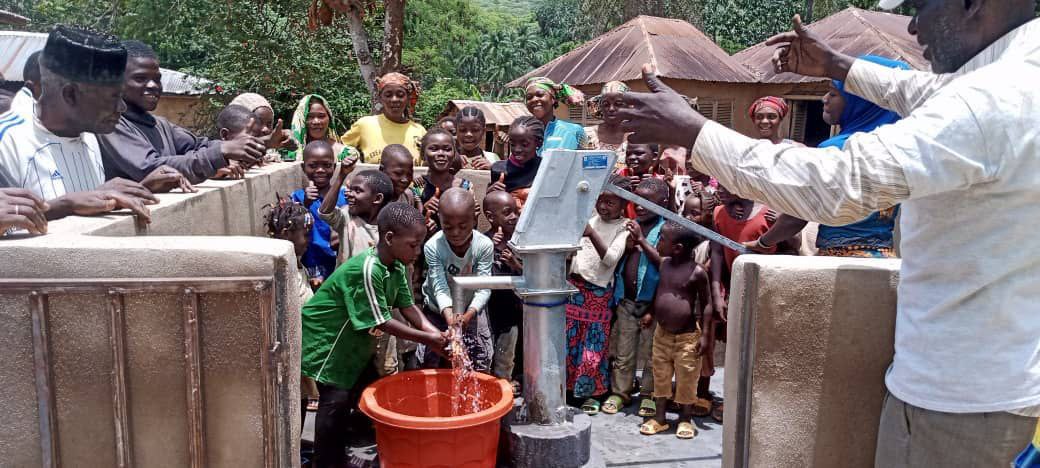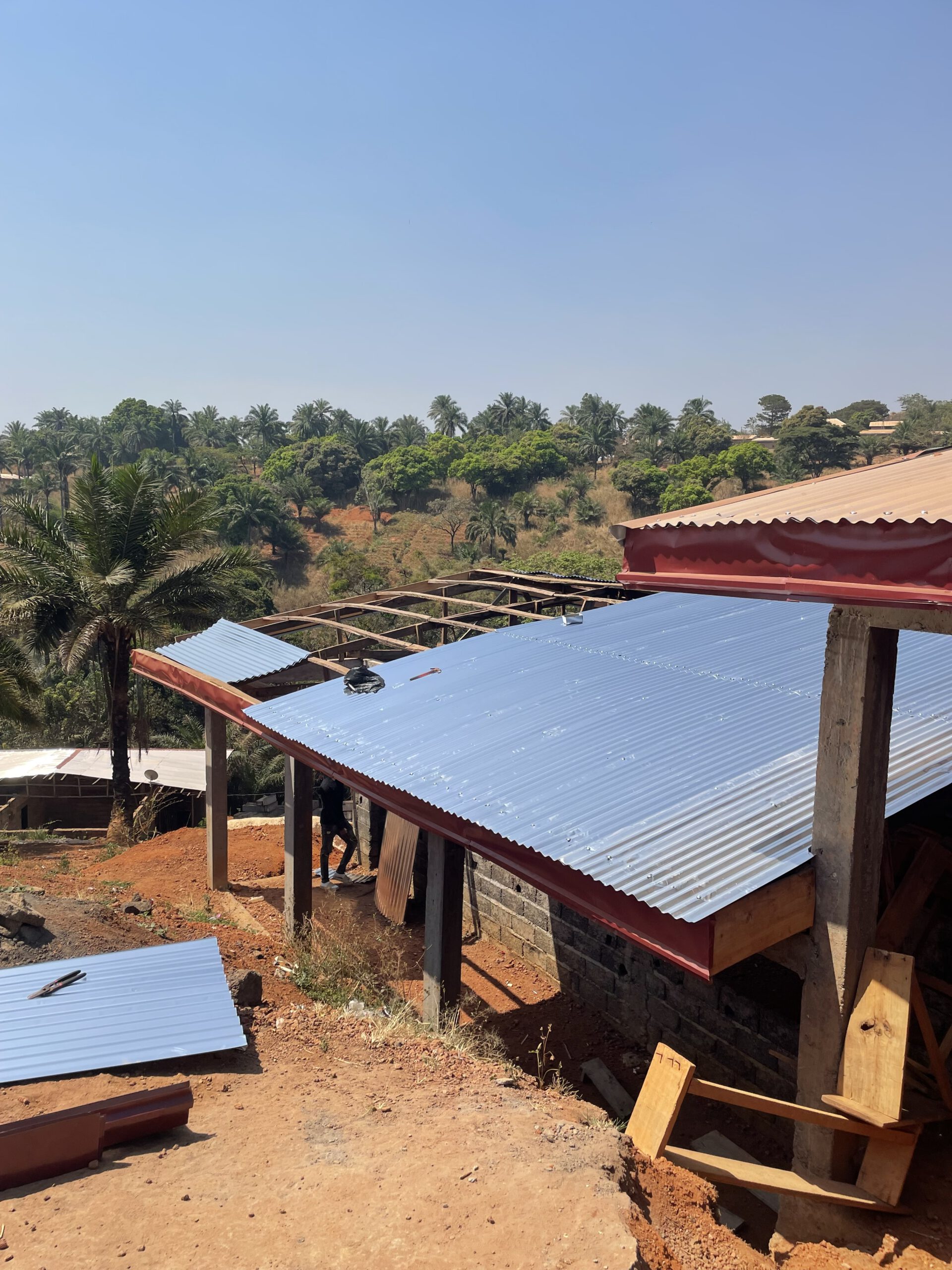
A new home for 50 children Building an orphanage in Foumban
To fulfill our project objectives, we made significant strides in enhancing the infrastructure
for child we lfare in Foumban ( Cameroon). While originally intending to construct a
standalone orphanage, we adapted our approach due to the escalating material costs.
Instead, we consolidated various sub projects to maximize our impact. One notable
achievement was the expansion of an existing privately owned orphanage with the addition
of two rooms. Among these, one room now serves as a dormitory accommodating six
orphaned children, while the other functions as a well equipped kitchen capable of storing
substantial food supplies and facilitating their preparation.
Furthermore, we successfully undertook the construction of three schools, featuring a total
of seven classrooms. This strategic decision aimed to address the educational needs of a
significantly larger cohort, comprisi ng over 1,000 children, rather than confining our efforts
solely to 50 orphans. Leveraging available building mat
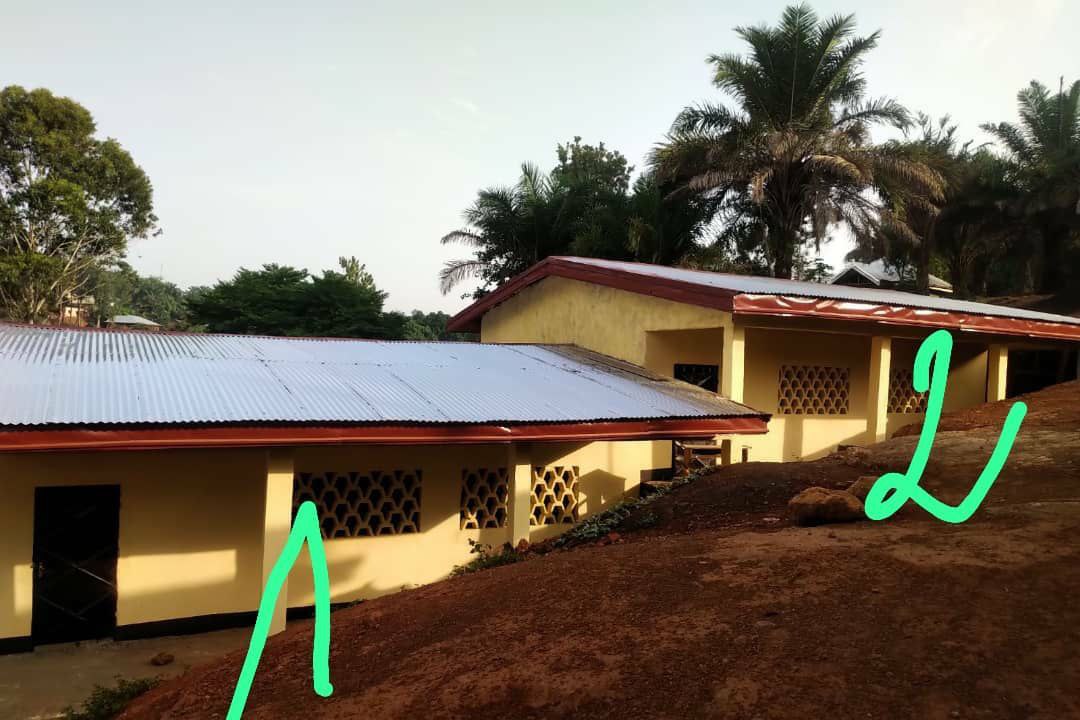
orphanage
